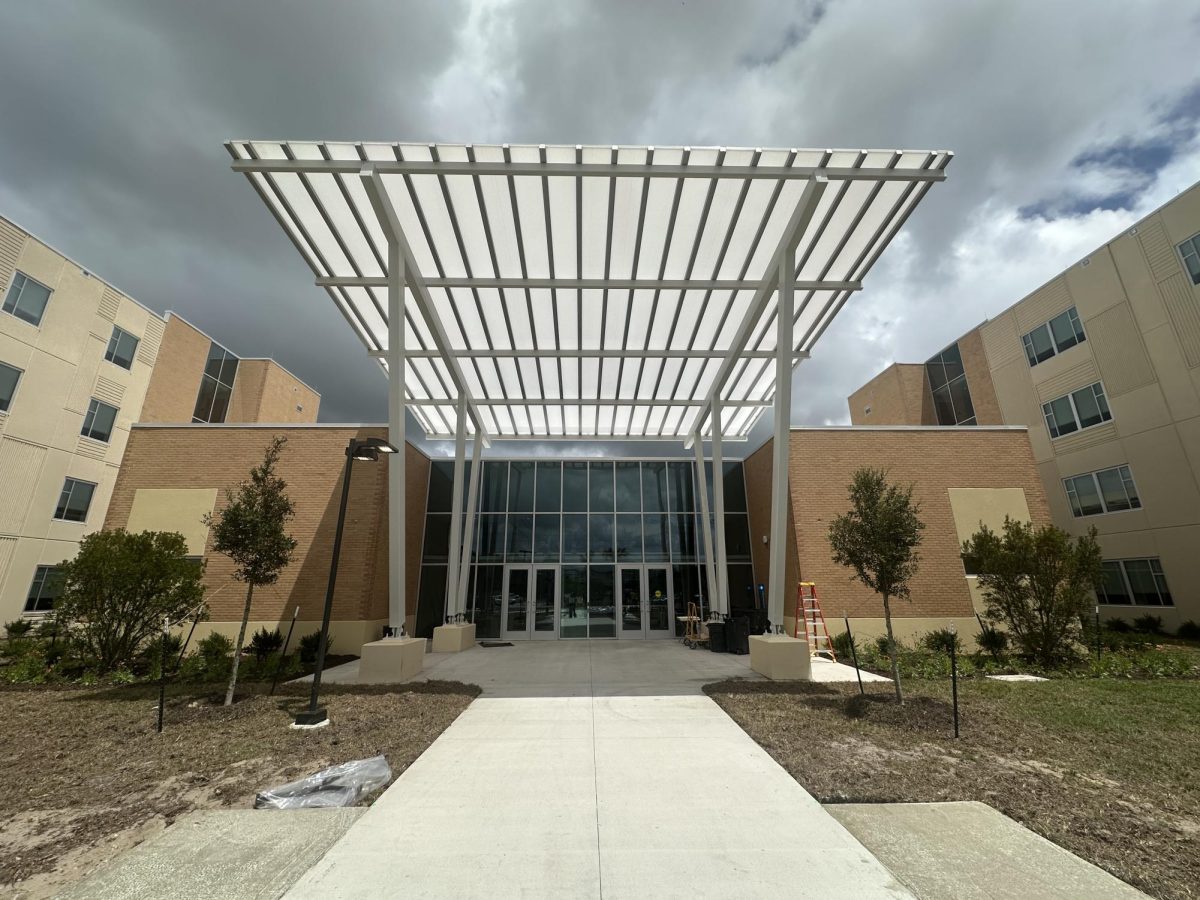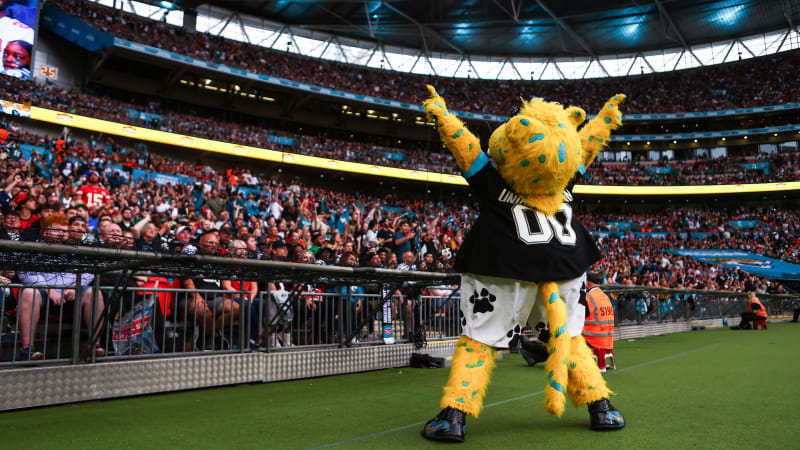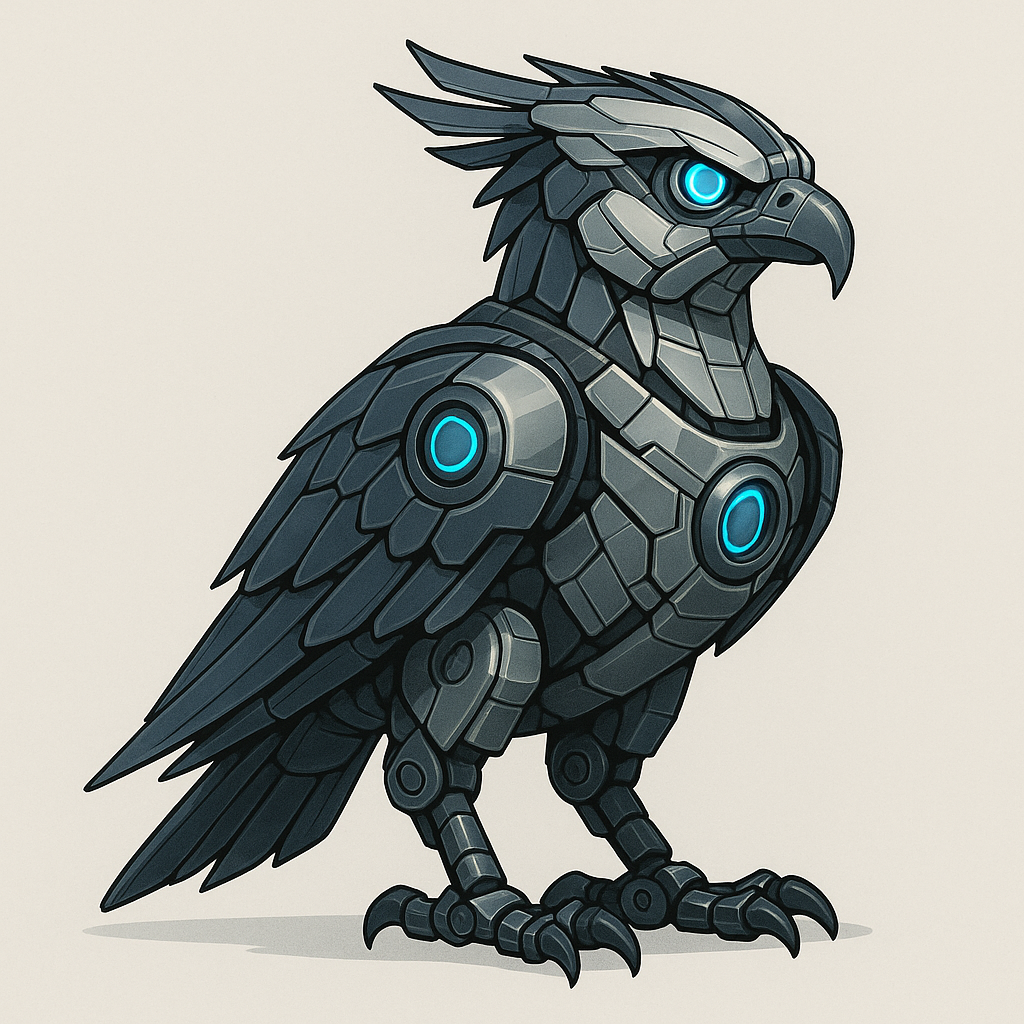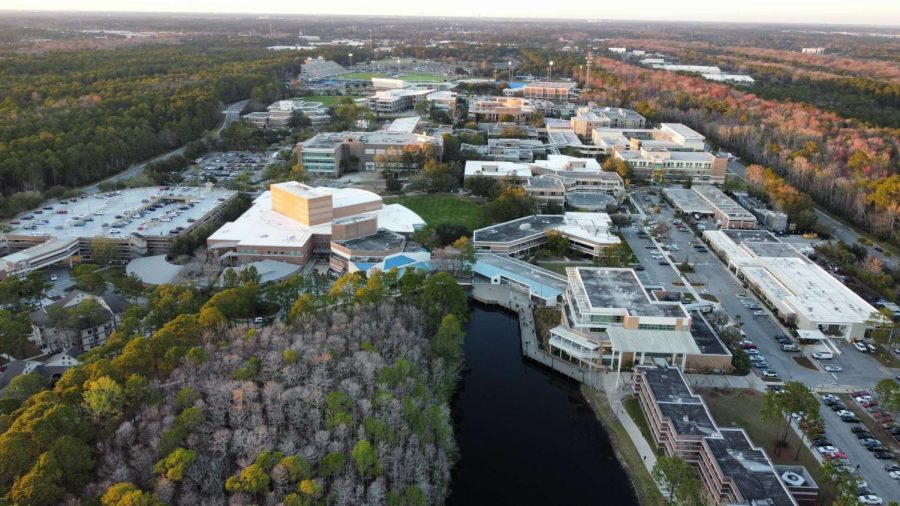The University of North Florida undoubtedly has a large campus. When you remove the nature preserves from the total land owned by UNF, the area of usable space on-campus is just under 1000 acres. For reference, that is larger than Central Park in New York City, which measures 843 acres, and is twice the size of Disneyland in California.
UNF has a lot of buildings, with almost 100 different “buildings” of varying sizes and functions, according to the Campus Planning, Design, and Construction Office. According to the office, over half of those buildings are part of the core UNF Campus.
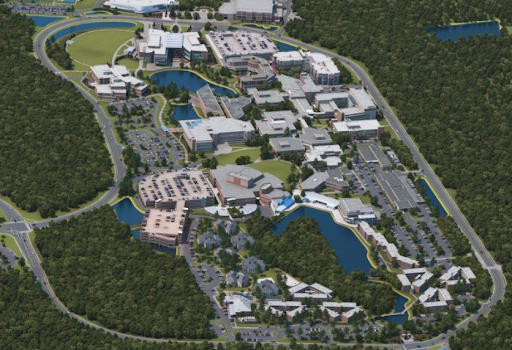
UNF’s core campus is the part of the campus that is surrounded by the loop of UNF Drive. This roughly one hundred acres of the University is the densest in terms of buildings. It comprises almost all instructional areas, service areas, dining areas, parking garages, and parts of the housing. The things most commonly found outside of the loop include, but are not limited to, athletics, police and parking services, gray parking lots, and Eco-Adventure.
But the core campus is what most students associate with UNF. Most underclassmen, especially those without cars, will end up spending a lot of time in this area. Things like the Green, Chick-Fil-A, the Student Union, and the library can all be found here.
All buildings are designated an official number, but many also have names attached to them. For example, the Thomas G. Carpenter Library and John A. Delaney Student Union are named after UNF’s first and longest-serving presidents, respectively. But most people know that about those buildings. What about the other named buildings on the core campus?
Of all the named buildings, there are two types of buildings. Some, like the Coggin College of Business and Brooks College of Health, are named after people who have donated large sums of money to the university. The others are named after individuals crucial to UNF’s early development, and some may have even been part of the charter faculty, like the “Founding Fathers” of UNF, so to speak. Here are five of the key figures to UNF’s history that had the honor of having their names prescribed to buildings.
J.J. Daniel Hall (Building 1)
This is one of the four original buildings present when UNF first opened. It has served the same function for 50 years, housing administration offices and other resources.
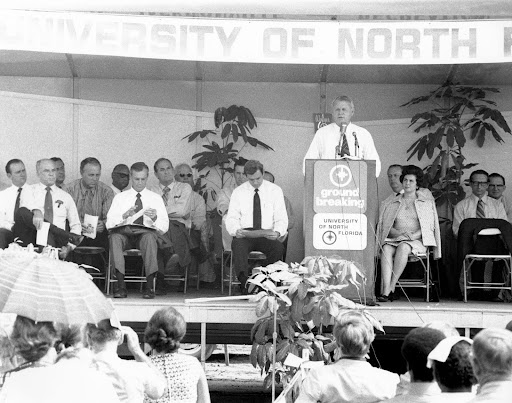
It was named after Jaquelin James “J. J.” Daniel, a Jacksonville attorney and businessman who was instrumental in founding UNF and contributing to higher education. He passed away in 1990 and was survived by his wife and daughters. In 1991, the building was dedicated in his honor by then-president Adam Herbert in a ceremony attended by Daniel’s friends and relatives.
Roy Lassiter Hall (Building 8)
First constructed in 1974, this was formerly called the English Hall. It still currently houses the Department of English, in addition to Chick-fil-A, Osprey 1Card services, and the UPS store.
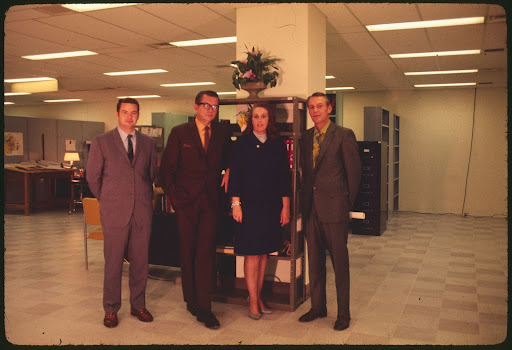
The building was renamed after founding faculty member Roy Lassiter, who served as the first UNF Vice-President under Thomas Carpenter. This renaming was relatively recent, occurring in 2017. Lassiter passed away in 2000.
Frederick H. Schultz Hall (Building 9)
First constructed in 1974, this building currently houses the Department of History, ROTC, and food offerings. It was the former location for the College of Education and Human Services, before the addition of Tom and Betty Petway Hall.
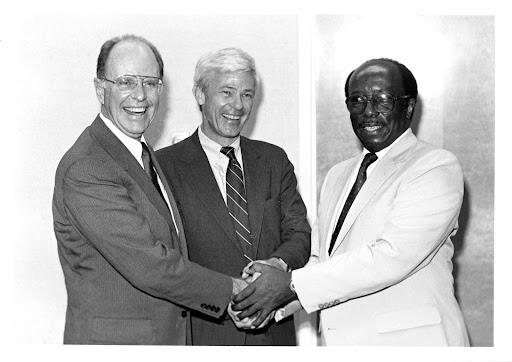
This building being the location of the College of Education at the time was appropriate, as it was named after Frederick Schultz. He was a UNF donor and education advocate who helped in getting the legislation passed that established UNF in 1965. The building was dedicated in Schultz’s name by Adam Herbert in 1992. He passed away in 2009.
John E. Matthews Jr. Computer Science Building (Building 15)
This building was ground broken in 1987, with construction completed in the following year. Building 15 is home to the School of Computing and various computer labs.
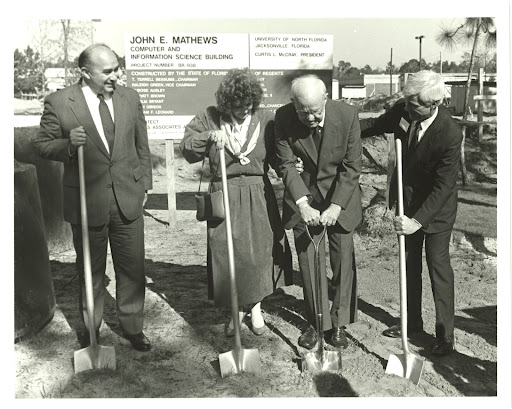
This is an important building, as its namesake was John Matthews Jr. Matthews was an incredibly influential and esteemed state legislator. He was incredibly pivotal to the history of UNF, as he was the original sponsor of the bill that charted UNF in 1965. Matthews played a crucial role in getting UNF funded and constructed in the early years.
It seems only fitting that the library has a special collection dedicated solely to Matthews, and UNF even gave him an honorary doctorate. His name was bestowed upon the planned computing building. He was able to attend the groundbreaking of this new building in 1987, but he passed away before it was completed the following year.
Andrew A. Robinson Jr. Buildings (Buildings 14 A-E)
This one is unique, as the Robinson name doesn’t apply to just one Building 14, but a complex comprising several adjacent buildings. These buildings include the Department of Communication (14D), the Department of Mathematics and Statistics (14E), the Housing and Residence Life Building (14B), and the Robinson Theater (14A). The first Building 14 was constructed in 1981.
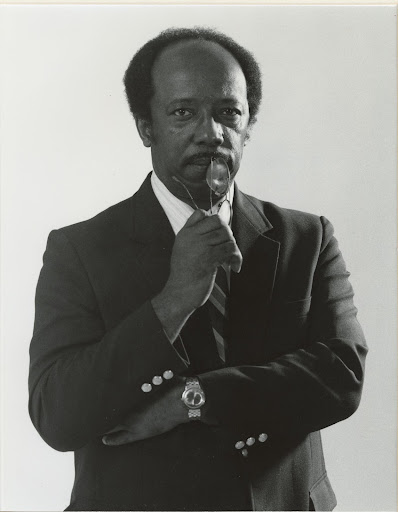
This complex was named after Andrew A. Robinson Jr, a founding faculty member, who was the first Dean of Facilities and served as Dean of the College of Education. He also served as interim president of the university from 1980 to 1982 after the resignation of founding president John Carpenter. He was the first African-American to fill the role. Building 14 was decided to be named after him in 1987, but he passed away in 1988, two months prior to its expansion and renaming.
Hopefully, this will help you appreciate the many people who have contributed to UNF’s success. Many of these individuals have plenty of other things named in their honor besides some buildings. Many have scholarships and programs named after them. Some even have other buildings in Jacksonville named after them. The Buildings of UNF are just one of many ways to appreciate the legacies many of them have left behind.
___
For more information or news tips, or if you see an error in this story or have any compliments or concerns, contact editor@unfspinnaker.com.







